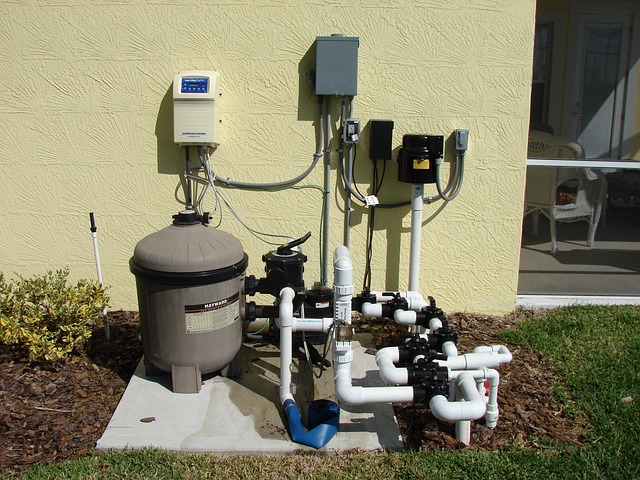Advanced Robotic Pool Cleaning: How Smart Technology Transforms Pool Maintenance
Pool maintenance has evolved dramatically with the introduction of robotic pool cleaners, transforming what was once a time-consuming chore into an efficient, automated process. These intelligent devices leverage cutting-edge technology to navigate and clean swimming pools with remarkable precision, offering pool owners a convenient and thorough cleaning solution that minimizes manual effort.

How Do Robotic Pool Cleaners Navigate Pool Surfaces?
Robotic pool cleaners utilize advanced navigation systems that enable them to efficiently map and clean pool surfaces. These devices are equipped with sophisticated sensors and intelligent algorithms that allow them to:
-
Create real-time mapping of pool dimensions
-
Detect obstacles and adjust cleaning paths accordingly
-
Systematically cover entire pool surfaces without missing spots
-
Adapt to different pool shapes and surface materials
The navigation technology uses a combination of accelerometers, gyroscopes, and programmed cleaning patterns to ensure comprehensive coverage. Some high-end models even use artificial intelligence to learn and optimize their cleaning routes over time.
Understanding Cleaning Efficiency Across Pool Sizes
Cleaning efficiency varies based on pool dimensions and robotic cleaner specifications. Modern robotic pool cleaners are designed to handle:
-
Small residential pools (up to 30 feet)
-
Medium-sized community pools (30-50 feet)
-
Large commercial or Olympic-sized pools (50+ feet)
Performance metrics typically include:
-
Cleaning cycle duration (usually 1-3 hours)
-
Surface area coverage per cleaning session
-
Debris collection capacity
-
Energy consumption rates
Filter Types, Suction Strength, and Debris Handling
The effectiveness of robotic pool cleaners heavily depends on their filtration and suction capabilities. Key considerations include:
-
Multi-stage filtration systems
-
Fine and ultra-fine mesh filter options
-
Suction power ranging from 2000-4500 GPH (gallons per hour)
-
Ability to collect different debris types:
-
Fine sand particles
-
Leaves and larger organic matter
-
Microscopic algae and bacteria
-
Advanced models feature replaceable filter cartridges and self-cleaning mechanisms that enhance overall performance and maintenance convenience.
Compatibility with Pool Shapes and Lining Materials
Different pool designs require specialized cleaning approaches. Robotic pool cleaners are engineered to accommodate:
Pool Shapes:
-
Rectangular
-
Kidney-shaped
-
Freeform
-
Geometric designs
Lining Materials:
-
Concrete
-
Fiberglass
-
Vinyl
-
Tile
Specialized wheel designs and flexible cleaning heads enable these devices to navigate complex pool geometries and surface textures effectively.
Robotic Pool Cleaner Market Overview
| Brand | Average Cost | Key Features | Cleaning Capacity |
|---|---|---|---|
| Dolphin Premier | $1,200-$1,500 | Multi-stage filtration | Up to 50 ft pools |
| Polaris 9650iQ | $1,300-$1,600 | 4WD navigation | Commercial/large pools |
| Hayward TigerShark | $800-$1,100 | Quick clean cycles | Standard residential pools |
Prices, rates, or cost estimates mentioned in this article are based on the latest available information but may change over time. Independent research is advised before making financial decisions.
Conclusion
Robotic pool cleaners represent a significant advancement in pool maintenance technology, offering unprecedented cleaning efficiency, convenience, and adaptability. As technology continues to evolve, these intelligent devices will undoubtedly become more sophisticated, making pool maintenance easier and more accessible for pool owners worldwide.




